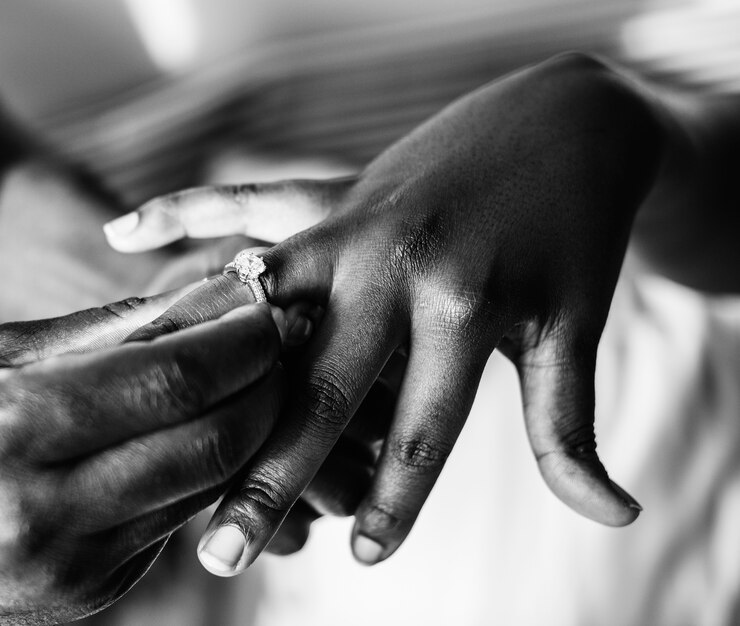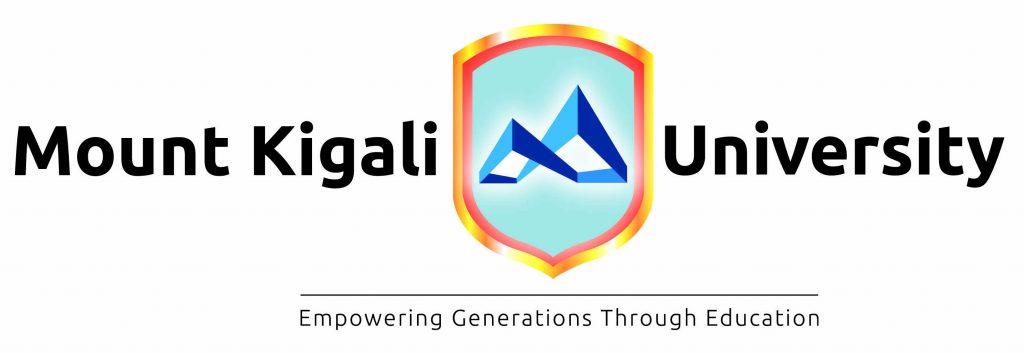According to the newly released Rwanda Vital Statistics Report 2024 by the National Institute of Statistics of Rwanda (NISR), the country has witnessed a significant decline in the number of registered marriages, with figures showing a 9.5% drop in 2024 compared to the previous year.
In 2023, a total of 57,880 marriages were registered across the country. However, by the end of 2024, that number had fallen to 52,878. This decline corresponds to a reduction in the crude marriage rate from 4.3 marriages per 1,000 inhabitants in 2023 to 3.8 in 2024.
Despite the overall decrease, some districts still recorded relatively high marriage rates. Gasabo District led with the highest number of marriages (5,543), followed by Gicumbi with 2,550. On the other end of the spectrum, Burera and Rutsiro reported the fewest marriages, with 1,360 and 1,394 respectively.
The report also highlights changing age dynamics in marriage patterns. The 25 to 29 age group recorded the highest number of marriages for both men and women. Notably, women under 30 were more likely to marry than their male counterparts, while men over 30 predominated in marriage rates in older age brackets.
Several factors may explain this downward trend in marriage registrations, including shifting societal attitudes toward marriage, economic constraints on young couples, and a growing preference for cohabitation without formal civil registration.
Compiled from data captured through the National Centralized and Integrated Civil Registration and Vital Statistics (NCI CRVS) system, the report stresses the importance of registering legal unions for informed policy making. Informal or consensual unions not officially registered are excluded from the national statistics.
The NISR underscores the importance of continuous monitoring of marriage trends, noting that such changes may have broader implications for demographic growth, family structures, and socioeconomic development planning.





